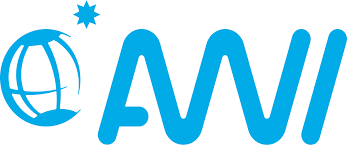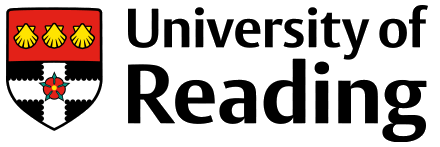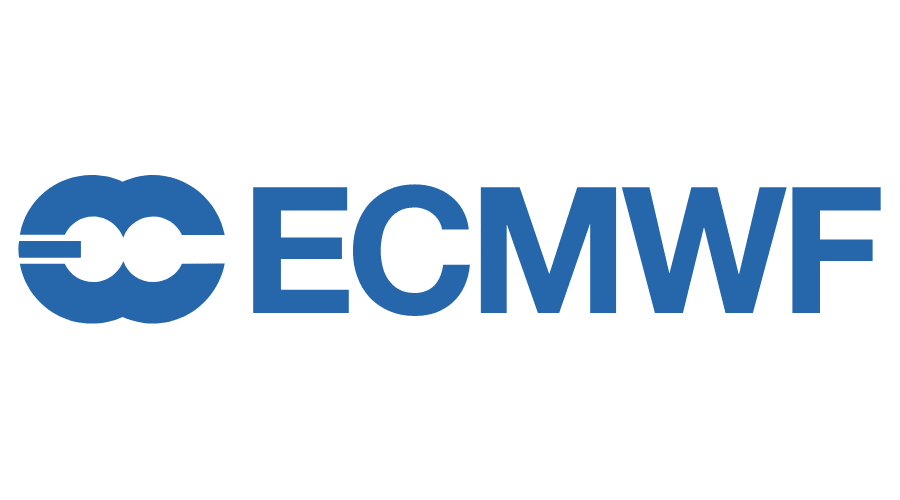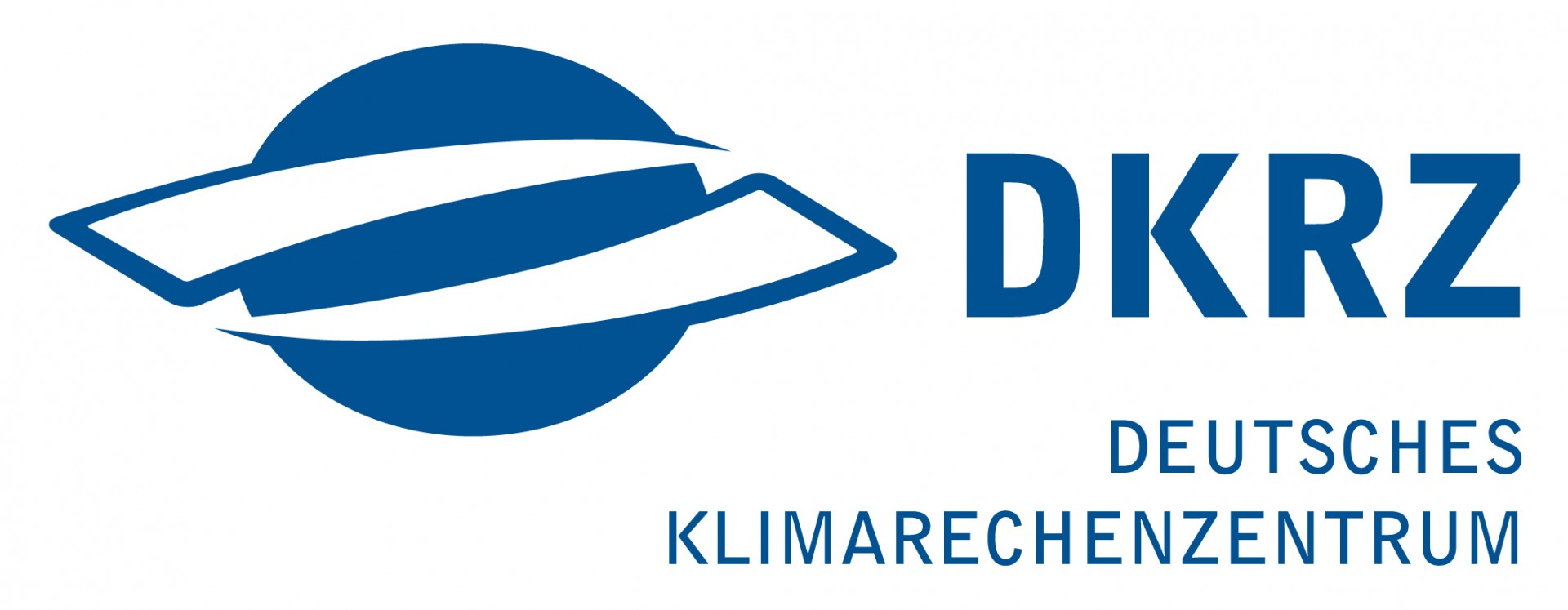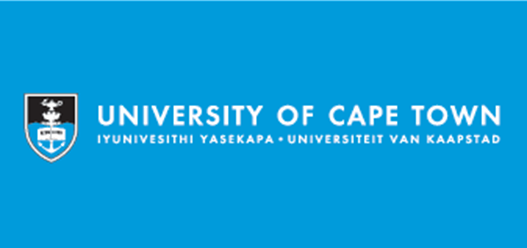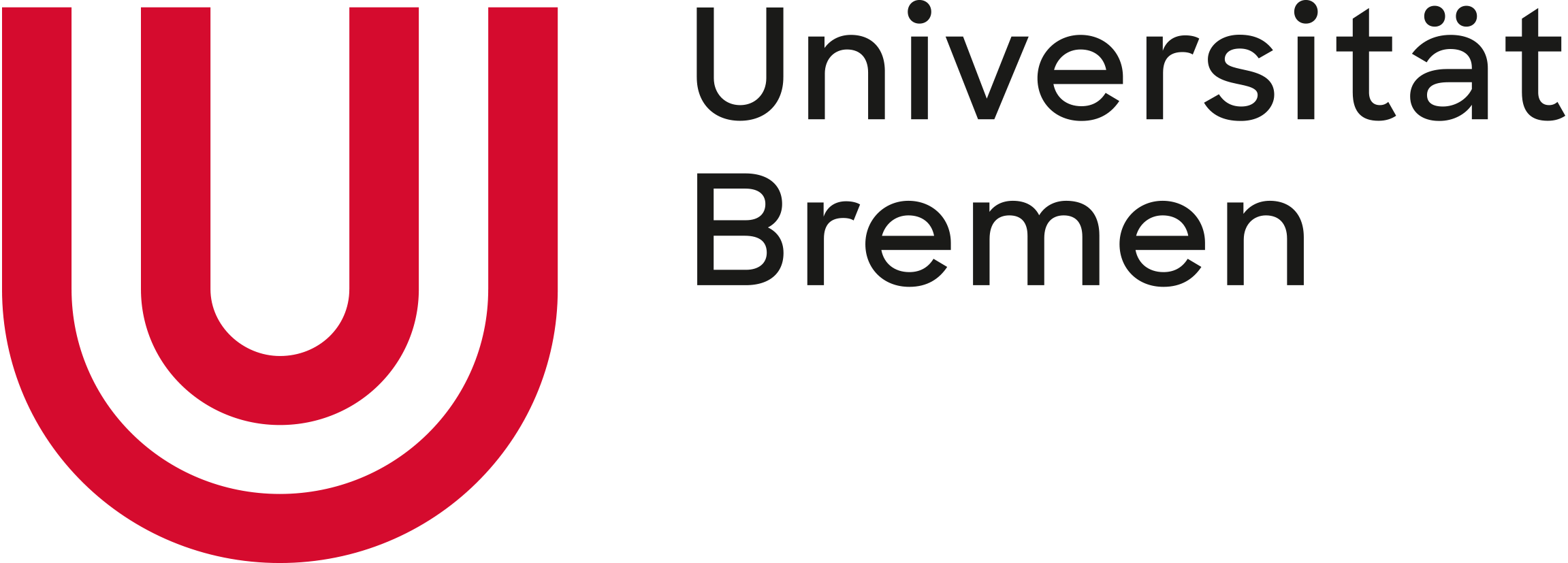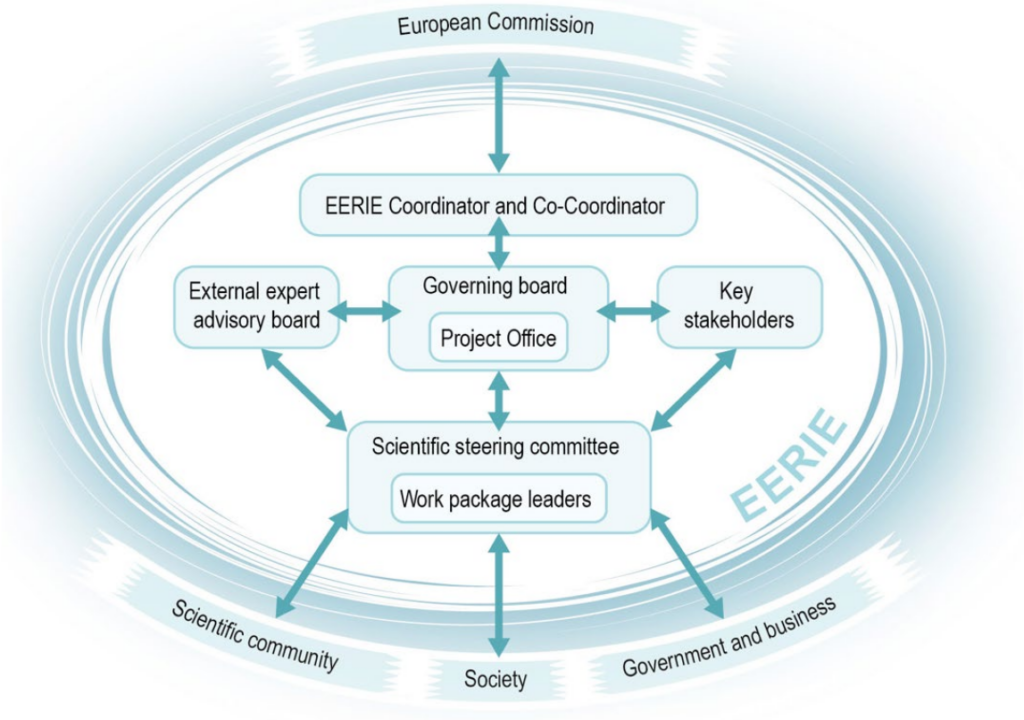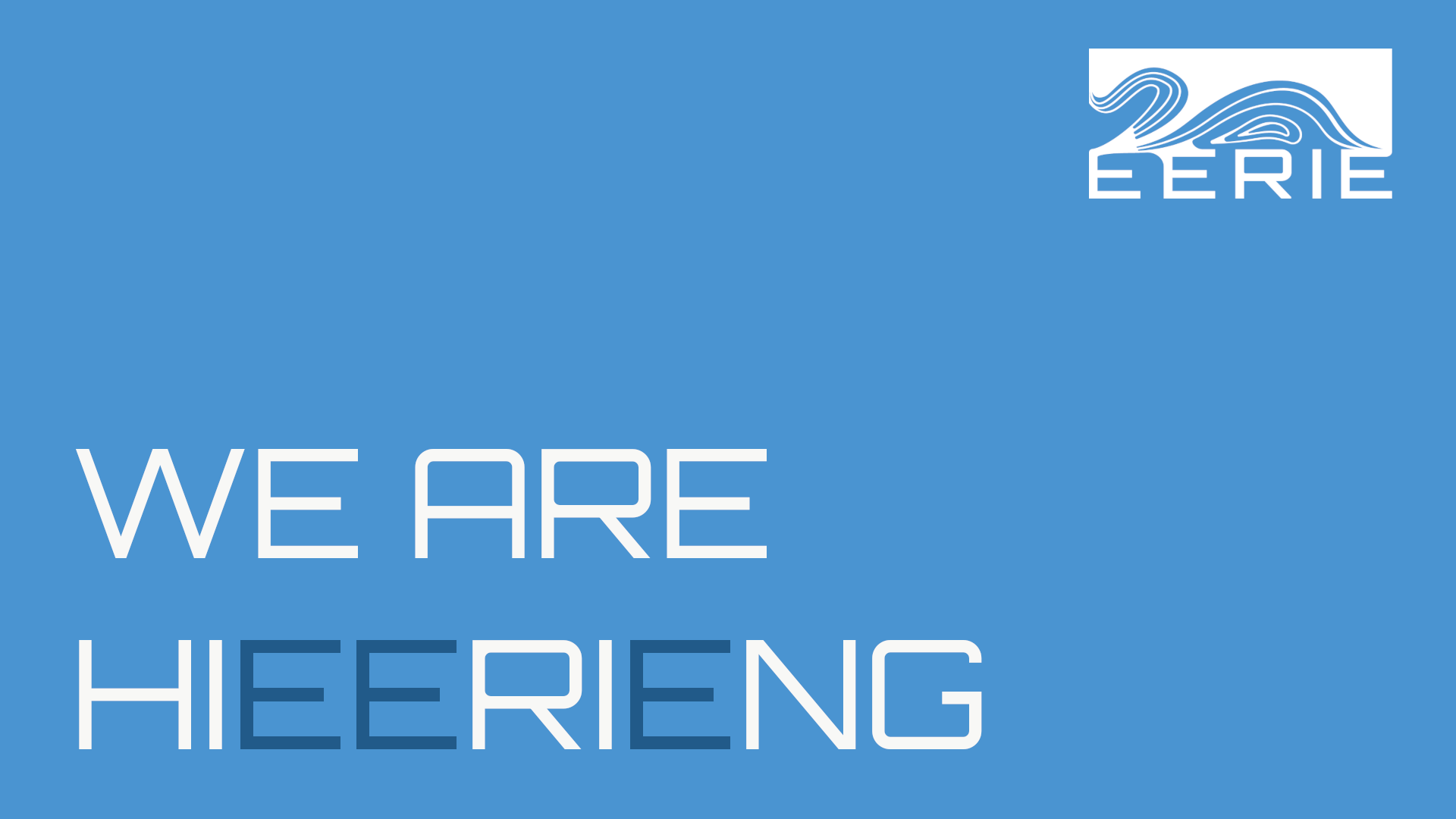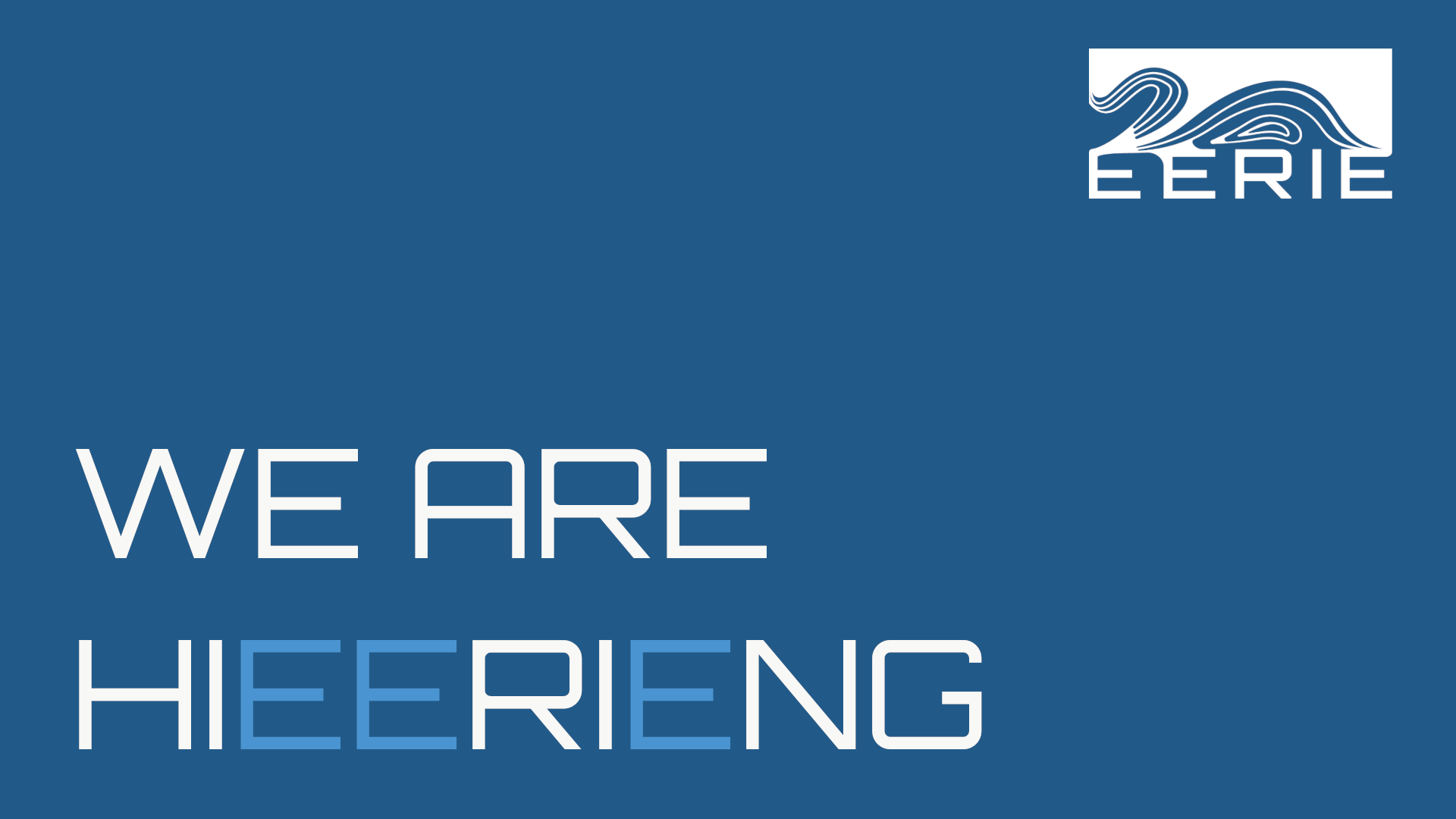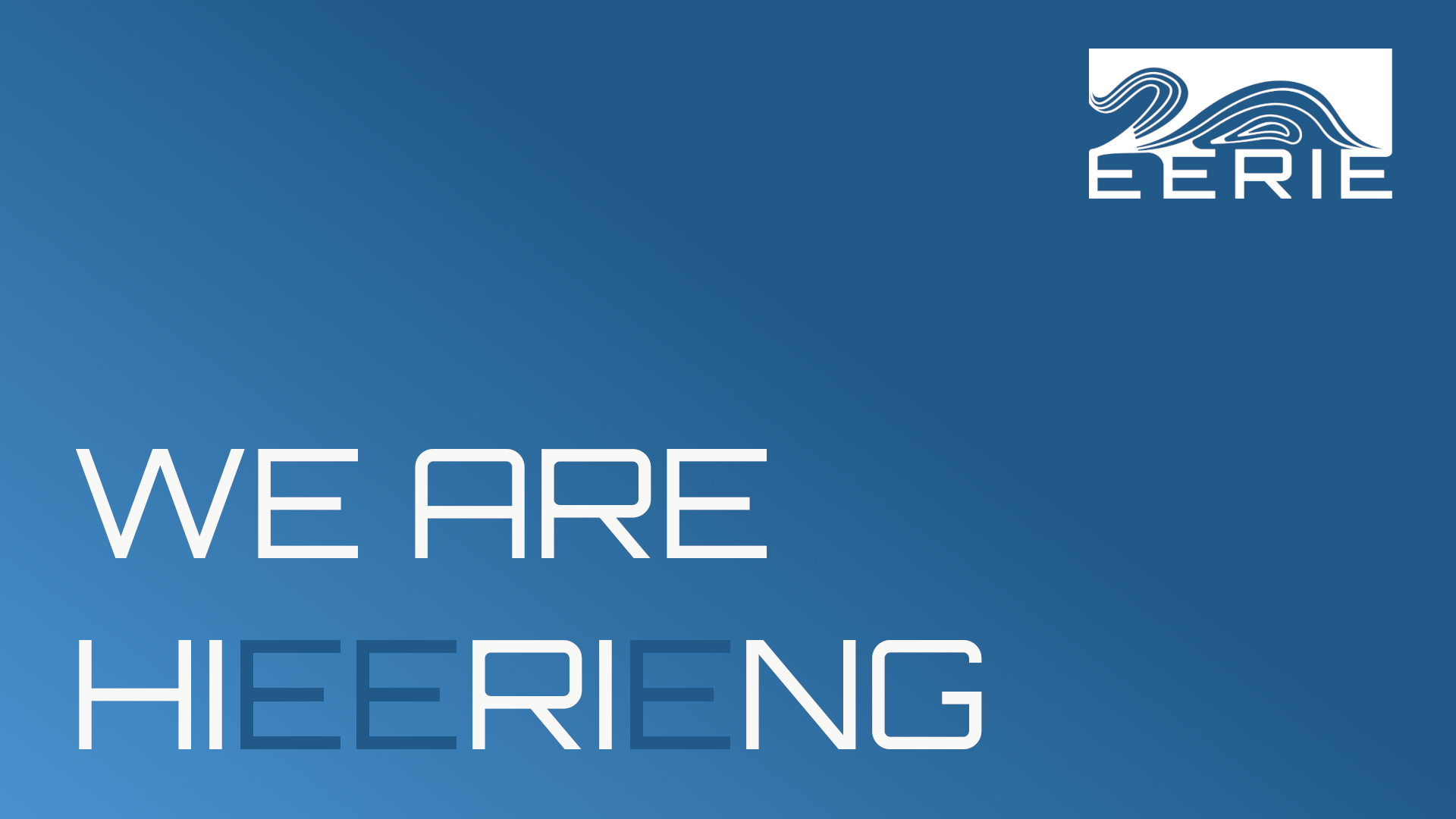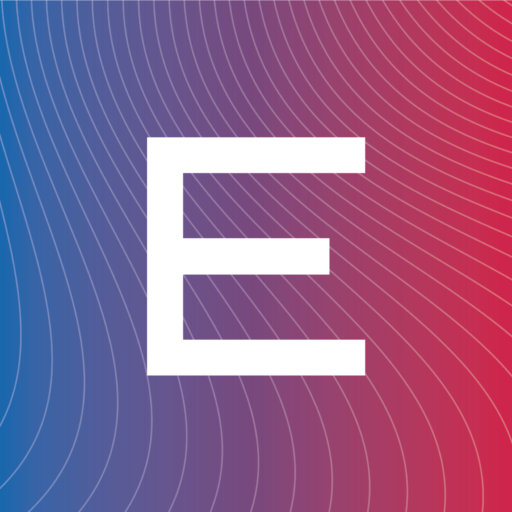What is EERIE?
EERIE is the acronym for the Horizon Europe project entitled European Eddy RIch Earth System Models.
This project, running from January 2023 to December 2026, will reveal and quantify the role of ocean mesoscale processes in shaping the climate trajectory over seasonal to centennial time scales. To this end EERIE will develop a new generation of Earth System Models (ESMs) that are capable of explicitly representing a crucially important, yet unexplored regime of the Earth system – the ocean mesoscale. Leveraging the latest advances in science and technology, EERIE will substantially improve the ability of such ESMs to faithfully represent the centennial-scale evolution of the global climate, especially its variability, extremes and how tipping points may unfold under the influence of the ocean mesoscale.
Model improvements include new dynamical cores, new components (particularly for sea ice), scale-aware parametrisations and the complementary use of Machine Learning (ML). The technological challenge associated with this ambition is very high. EERIE’s goal is to achieve a simulation speed of up to 5 simulated years per day and to make efficient use (reduction in power consumption by 50%) of the pre-exascale supercomputers now available in Europe. The technological solutions that are to be leveraged in EERIE are the use of reduced numerical precision, Graphic Processing Units (GPUs), ML and reduced Input/Output (I/O). Alongside model improvements, EERIE will develop innovative experimental simulation protocols that are suitable for the mesoscale, to be pioneered on behalf of the global climate modelling community, in preparation for the next Intergovernmental Panel on Climate Change (IPCC) cycle.
EERIE will produce useful and usable climate information – for example,
through data viewers and storylines – that will contribute to national and international climate change assessments such as IPCC; it will incorporate model variability and extremes within an Integrated Assessment Model; and it will deliver storyline approaches to the consequences of climate tipping points and disease outbreaks.
Should you want to know more, you may watch our introductory video, read our brochure and our EERIE at a glance factsheet.
What are EERIE’s goals?
1. Make a leap forward in modelling and understanding the climate impacts of ocean mesoscale processes, including ocean eddies.
2. Develop novel experimental designs, aiming to enrich the Coupled Model Intercomparison Project (CMIP) in support of future national and international climate change assessments.
3. Halve the time and energy needed to produce climate information with the highest level of process fidelity.
4. Increase the reliability of regional climate change attribution by developing improved estimates of background natural variability.
5. Carry out frontier climate change projections.
6. Produce actionable climate information.
7. Sustain and enhance European cooperation and leadership in climate sciences.
Why does the mesoscale matter?
The ocean mesoscale (ranging from around a hundred kilometres at the equator to a few kilometres at high latitudes) is the scale at which crucially important oceanic processes are manifested, for instance ocean eddies (similar to cyclones in the atmosphere) and boundary or frontal currents, such as the Gulf Stream and the Antarctic Circumpolar Current.
Mesoscale processes transport heat and carbon over very large distances in the ocean, both horizontally and vertically. They regulate the exchanges of energy, moisture and carbon between key climate system components (atmosphere and cryosphere), with the ocean currently acting as a strong buffer for anthropogenic climate change.
Understanding these processes and how they might change in the future is critical for portraying robust global and regional climate impacts, with significant policy implications.
Project structure
The EERIE Project is led by AWI and coordinated jointly with Met Office and the University of Reading. Thomas Jung (AWI), Malcolm Roberts (Met Office) and Pier Luigi Vidale (UofReading) form the EERIE Coordination Team.
The Project Management in EERIE lies with AWI’s Nora Lawo and Jana Görner. The management structure is as represented in the diagram.
The project is sub-divided in the following twelve Work Packages (WPs):
- WP1 - Project Management. Led by AWI.
- WP2 - Project dissemination, exploitation and communication. Led by Predictia.
- WP3 - Data Management. Led by Met Office.
- WP4 - Frontier simulations and standard evaluation. Led by Met Office.
- WP5 - Evaluation of ocean mesoscale processes and their interactions with the atmosphere and sea-ice. Led by ETH Zürich.
- WP6 - Impact of the ocean mesoscale on the state and change of the ocean. Led by MPI-MET.
- WP7 - Impact of the ocean mesoscale on climate variability and teleconnections. Led by ECMWF.
- WP8 - Role of ocean mesoscale on regional expression of climate change. Led by BSC CNS.
- WP9 - Efficient protocols for usable eddy-rich Earth System Modelling. Led by University of Reading.
- WP10 - Model developments for realistic and efficient ER-ESMs. Led by AWI.
- WP11 - Development of efficient and portable workflows and diagnostics for ER-ESMs. Led by BSC-CNS.
- WP12 - Enhancing models and model analysis with Machine Learning. Led by University of Oxford.
Besides, the EERIE Project counts on an External Expert Advisory Board (EEAB) for counselling. The EEAB is composed of:
- Dr Ping Chang, Professor, Department of Oceanography and Dept. of Atmospheric
Sciences, Texas A&M University (TAMU). - Dr Carol Anne Clayson, Senior Scientist Physical Oceanography, WHOI.
- Dr James Edson, Senior Scientist, Applied Ocean Physics and Engineering, WHOI.
- Prof Pierre Gentine, Professor of Geophysics and Director of the Center for Learning the Earth with AI and Physics (LEAP), Columbia University.
- Dr Pierre-Yves Le Traon, Scientific Director, Mercator-Ocean and Copernicus Marine Environment Monitoring Service.
- Dr Nada Caud, Communications project manager, Climate and Environmental Science Laboratory LSCE (a Mixed Research Unit CEA, CNRS, UVSQ).
Work with us
Climate Research Network
The EERIE Project participates in the Climate Research Network. This network aims to give climate research communication a push so that its results are shared faster, more efficiently and more broadly. Find more information here and explore our members, research foci and links in the map below.

